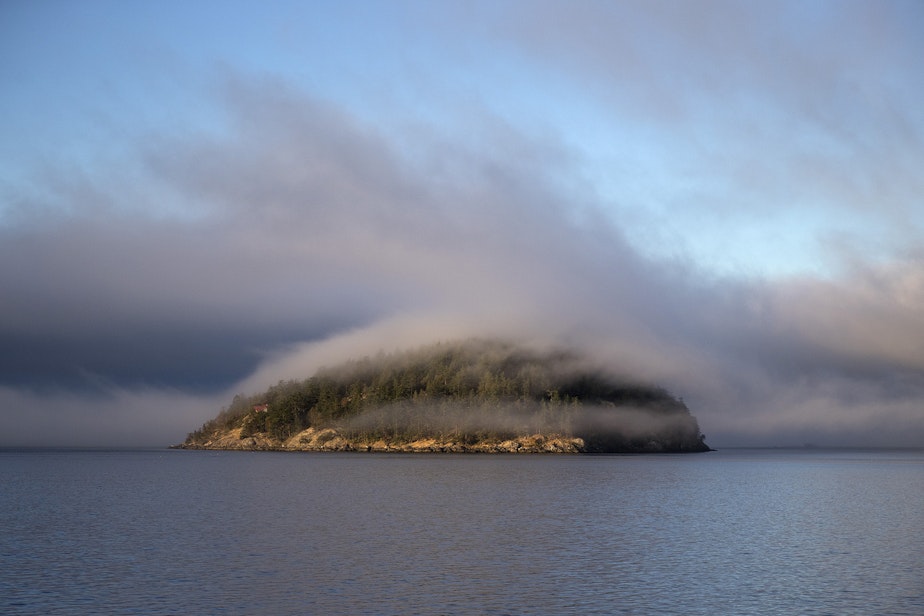Puget Sound was supposed to be healthy by now. It's not

Puget Sound was supposed to be healthy by now.
Fifteen years ago, Washington Gov. Chris Gregoire made it the state’s aim to clean up Puget Sound by 2020.
But a new report from the agency she created to accomplish that goal shows that with one month to go, we are nowhere close.
Almost all the indicators that the Puget Sound Partnership uses to gauge the health of the sound are off the mark.
Those include dozens of measures of pollution, habitat and aquatic life in Washington’s inland sea and the lands that drain into it.
In the new State of the Sound report, partnership executive director Laura Blackmore says Puget Sound is “in grave trouble.”
“Despite a significant investment of energy and resources from federal, tribal, state, and local governments and non-governmental partners, habitat degradation continues to outpace restoration,” she says.
Only 4 of 31 indicators are at or near their target levels for 2020, according to the report.
Sponsored
Some key indicators of the overall failure:
- Populations of Chinook salmon – listed as a threatened species 20 years ago – have not bounced back. Most remain far below their recovery targets.
- The population of southern resident killer whales – declared endangered 14 years ago – is at a 40-year low and dropping.
- About 37,000 acres of shellfish beds remain closed to harvesting because of poor water quality.
- About 3,200 acres of salt marshes and other tidal wetlands have been restored since 2006, less than half the goal for 2020.
- About 8,200 acres of floodplain habitats have been restored since 2011, only 20 percent of the target amount.
Indicators that are near their targets for 2020 include:
- Paving over of forest land for development has dropped from 5,400 acres a year in the 1990s to 840 acres a year in 2011-2016.
- An index of toxic contamination (covering 40 petrochemicals and eight heavy metals) in seafloor sediment shows "minimum exposure" levels in most of Puget Sound. Seattle’s Elliott Bay still has worse contamination.
Sponsored
The report said a lack of funding was responsible for most of the poor results and that a five-fold increase in funding would be necessary to fully fund the $1.3 billion worth of “near-term actions” identified to help the sound from 2018-2022.
“Yes, lack of funding — but that comes from lack of political will,” longtime Puget Sound advocate Mike Sato with Salish Sea Communications said in an email. He called the conditions revealed in the State of the Sound report “sadly dismal.”
“I don’t think there’s ever a bureaucrat that’s seen enough money,” Washington state Senate Republican Leader Mark Schoesler of Ritzvillle said.
Schoesler said governments needed to do a better job on the fundamentals, like keeping sewage treatment plants running so they don’t spill raw sewage into the sound.
In an email, Chris Rilling with Puget Soundkeeper said he supported full funding of the hundreds of habitat projects and other work the partnership has identified. But, Rilling said, stronger regulation of stormwater runoff, a shift to low-impact development and holding big polluters accountable would also be needed to reduce pollution in the sound.
The Puget Sound Partnership calls its new report a "call to action" and says it's not too late to save the sound -- and the salmon, orcas and humans that depend on it.
Sponsored
Listen to KUOW reporter John Ryan discuss the new report with All Things Considered host Kim Malcolm by clicking the play button above.




